Germany Lithium Ion Battery Size
Germany lithium ion battery market Growth Projections and Opportunities
The lithium-ion battery market in Germany is influenced by several key market factors that shape its growth and dynamics. One significant factor is the increasing demand for electric vehicles (EVs) and renewable energy storage solutions. With the global push towards reducing carbon emissions and transitioning to sustainable energy sources, the demand for lithium-ion batteries, which are vital components of EVs and energy storage systems, has surged. Germany, as a leader in renewable energy adoption and automotive manufacturing, is at the forefront of this trend.
Additionally, government policies and incentives play a crucial role in driving the growth of the lithium-ion battery market in Germany. The German government has implemented various measures to promote the adoption of electric vehicles and renewable energy technologies. These include subsidies for EV purchases, tax incentives, and funding for research and development in battery technology. Such policies create a favorable environment for investment and innovation in the lithium-ion battery sector.
Furthermore, advancements in technology and manufacturing processes have contributed to the expansion of the lithium-ion battery market in Germany. As technology improves and economies of scale are achieved, the cost of lithium-ion batteries continues to decline, making them more accessible to consumers and businesses alike. Moreover, ongoing research and development efforts aim to enhance the performance, safety, and sustainability of lithium-ion batteries, driving further market growth.
The presence of established automotive and electronics industries in Germany also influences the lithium-ion battery market. German automakers have been investing heavily in electric mobility, with plans to electrify their vehicle fleets in the coming years. This creates a substantial demand for lithium-ion batteries for use in electric cars and hybrids. Similarly, the electronics sector relies on lithium-ion batteries for a wide range of applications, including smartphones, laptops, and power tools, further driving market demand.
International trade and partnerships also play a significant role in the German lithium-ion battery market. Germany imports raw materials such as lithium, cobalt, and nickel, which are essential components of lithium-ion batteries, from various countries around the world. Trade agreements and partnerships ensure a stable supply of these materials, reducing dependency on any single source. Additionally, collaboration with international companies and research institutions fosters innovation and knowledge exchange, strengthening Germany's position in the global lithium-ion battery market.
Environmental and sustainability concerns are increasingly influencing consumer preferences and corporate strategies, driving demand for greener alternatives in the lithium-ion battery market. Manufacturers are focusing on developing batteries with higher energy density, longer lifespan, and reduced environmental impact. Recycling initiatives are also gaining traction, aiming to recover valuable materials from spent batteries and minimize waste. As sustainability becomes a central theme in the lithium-ion battery market, companies that prioritize environmental responsibility are likely to gain a competitive edge.
The lithium-ion battery market in Germany is shaped by a combination of factors including increasing demand for EVs and renewable energy storage, government policies and incentives, technological advancements, the presence of established industries, international trade and partnerships, and environmental considerations. As these factors continue to evolve, the German lithium-ion battery market is poised for further growth and innovation, driving the transition towards a more sustainable energy future.
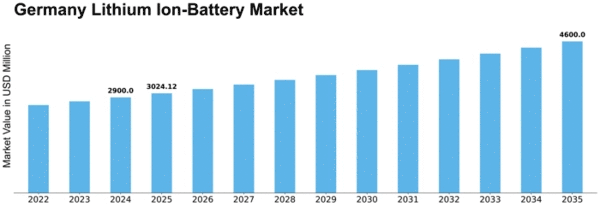

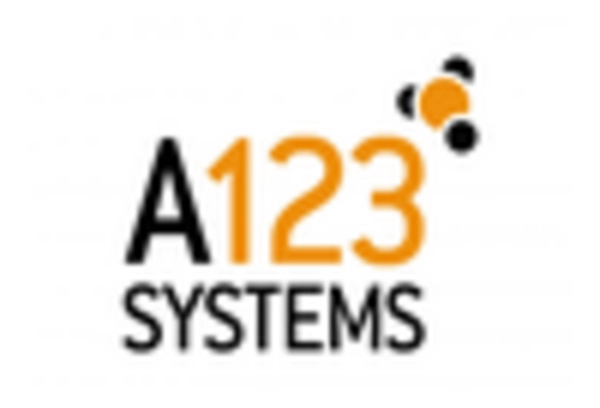
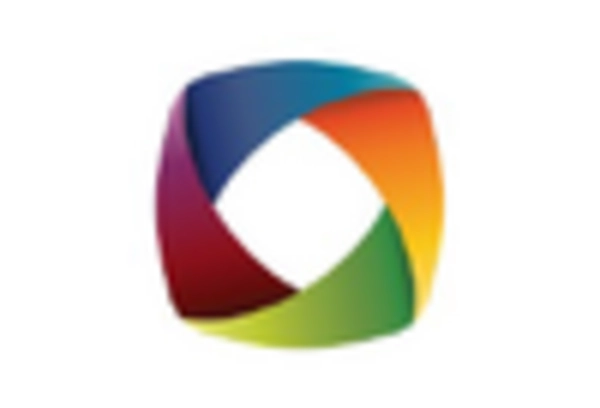
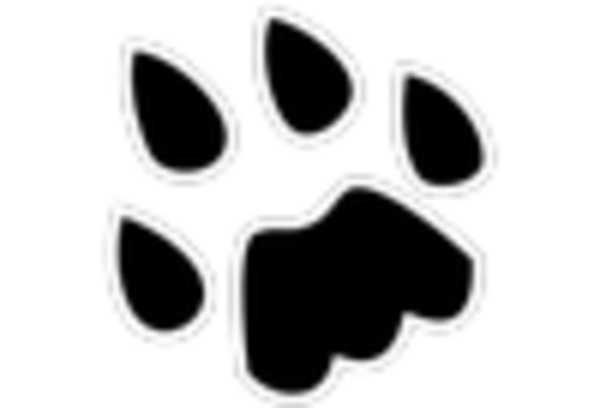
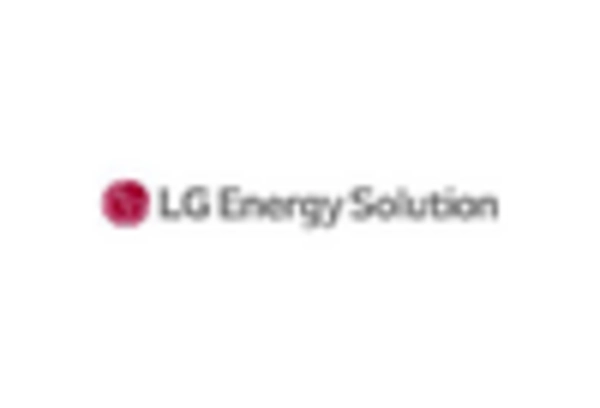
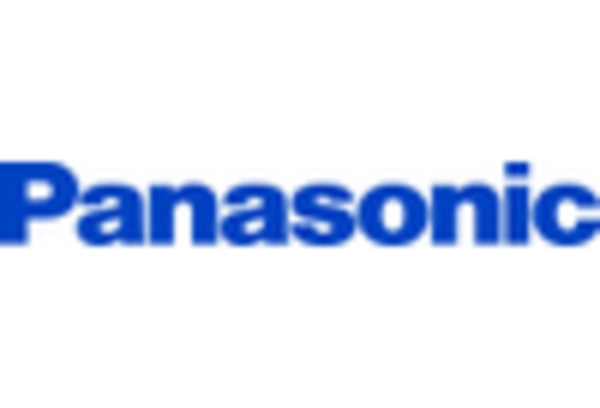

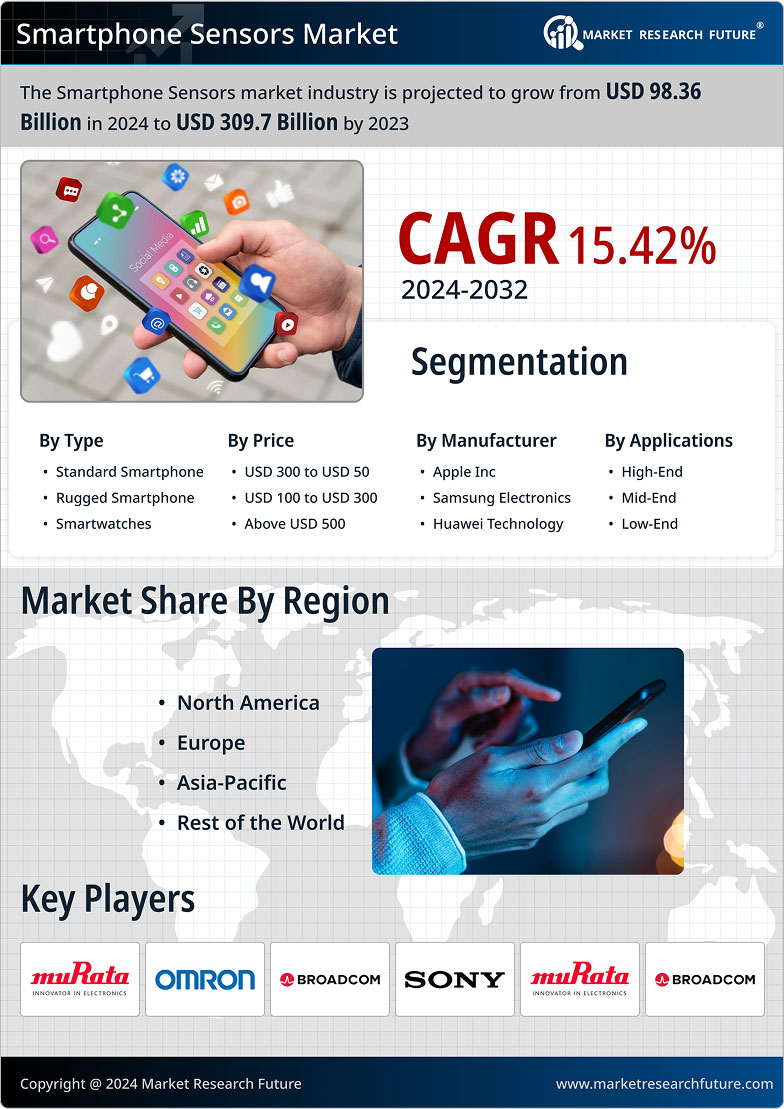








Leave a Comment